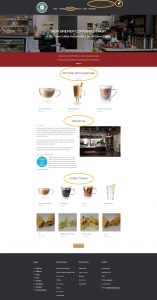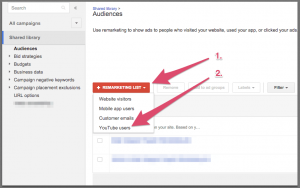The Great Resignation. A return to the office. The tech downturn.

Tech founders and executives are facing a whirlwind of disruptive forces. On tech panels and podcasts from New York to Silicon Valley, the consensus has been that everyone should wait to see how things shake out.
We didn’t want to wait.
In July, A.Team partnered with MassChallenge to survey 581 tech founders and executives from MassChallenge’s network, ranging from pre-seed to IPO companies. We asked them about how they’re tackling these monumental challenges—revealing plans to return to the office, adopting new talent models, and much more.
The entire report is worth reading, but here are five of our biggest takeaways:
1. Remote has worked, but a return to the office looms
Two years ago, there was rampant consternation that a shift to remote work would kill employee productivity. The reality has been much different: 62% of tech leaders said that a switch to remote work has increased productivity.
By contrast, only 13% disagreed with that statement. While there remain concerns about boosting creativity and innovation—as Derek Thompson eloquently writes about here—remote work has, well, worked for most tech companies.
Despite this success, the trend is shifting back towards a return to the office, with founders following the lead of tech giants like Apple, which is now requiring employees to work from the office at least three days a week, despite serious pushback.
Our survey found that 37% of tech founders and executives plan to ask employees to work in the office more over the next 12 months. When we look at more mature companies at the Series B, C, D, E, or IPO stage, that portion grows to more than half (55%).
Fifty-three percent of respondents also said that an economic downturn would make it easier to require employees to return to the office, as a less competitive market for talent would change the power dynamic between employees and employers—which may already be shifting.
This may not be great news to most people reading this: a Gallup poll this week found that 94% of workers want to remain remote or hybrid.
2. The Great Resignation has taken its toll with an exodus of top performers
Friday’s jobs report showed that the Great Resignation isn’t slowing down—4.2 million workers quit in July, keeping pace with previous months.
The 581 tech leaders we surveyed have felt that impact as well—44% said that a significant number of their top performers had left due to The Great Resignation. Among Series B to IPO companies, 53% said they’d lost their top performers.
This departure of top talent may be why—contrary to the popular media narrative created by recent rounds of layoffs—hiring plans are actually on the rise, particularly among more mature companies at the Series B to IPO stages.
Among founders and executives at the Series B to IPO stage, 59% said that their hiring plans have increased over the past six months.
This may seem surprising given all the layoff news, but the roughly 15,000 tech workers laid off each month since May pales in comparison to the post-pandemic layoffs in 2020, and most laid-off workers have been quickly snatched up.
Our findings also align with the JOLTS report, which reported 500,000 jobs added in July and over 300,000 in August, and an unexpected increase to over 11.2M job openings.
3. The traditional recruitment model is failing in the new hybrid world of work
With the talent market remaining ultra-competitive tech leaders are growing frustrated with the traditional recruitment process—which stands out as analog and outdated in a new world of work where tech leaders are under pressure to scale their teams and build faster than ever before.
In our survey, 67% percent of respondents said the traditional recruitment process is broken and needs an overhaul. And 70% said it is too long and too expensive.
This is illustrated most vividly when it comes to hiring product and engineering talent—62% percent of tech founders and executives say it takes four months or more to fill new product and engineering roles, on average.
With many tech founders prioritizing revenue growth to reach their next fundraising round—see our full report for more on this—waiting that long to build your team just isn’t an option.
4. Tech leaders are embracing a blended workforce of freelancers and FTEs
The Great Resignation has spawned a major new workforce trend that we wanted to study: the growing pool of highly skilled freelancers and independent workers, which has been chronicled everywhere from the Wall Street Journal to Harvard Business Review to McKinsey.
How do tech leaders view this growing talent pool?
They’re big fans, particularly in the context we find ourselves in right now:
These workers aren’t just handling outsourced tasks in isolation. They’re now being integrated into blended teams with full-time employees—73% of respondents said they have integrated teams of full-time employees and independent workers. An additional 11% plan to do so soon.
5. 80% of tech leaders would hire someone without a college degree for any role
Tech leaders aren’t just more open to the independent workforce—they’re also becoming more flexible in their criteria for great talent.
In April, Elon Musk made headlines by saying that a college degree isn’t required for a job at Tesla, and our respondents agree. Eighty percent said they’re willing to hire a candidate without a degree for any role, if they have the right skills and experience.
It’s a clear sign that the traditional career path—four years of college leading into a full-time role—may be fading faster than we realize.
That’s just the beginning of what we learned in our comprehensive survey. Check out the full report to learn:
This story originally appeared on A.Team and is republished here with permission.
(7)








